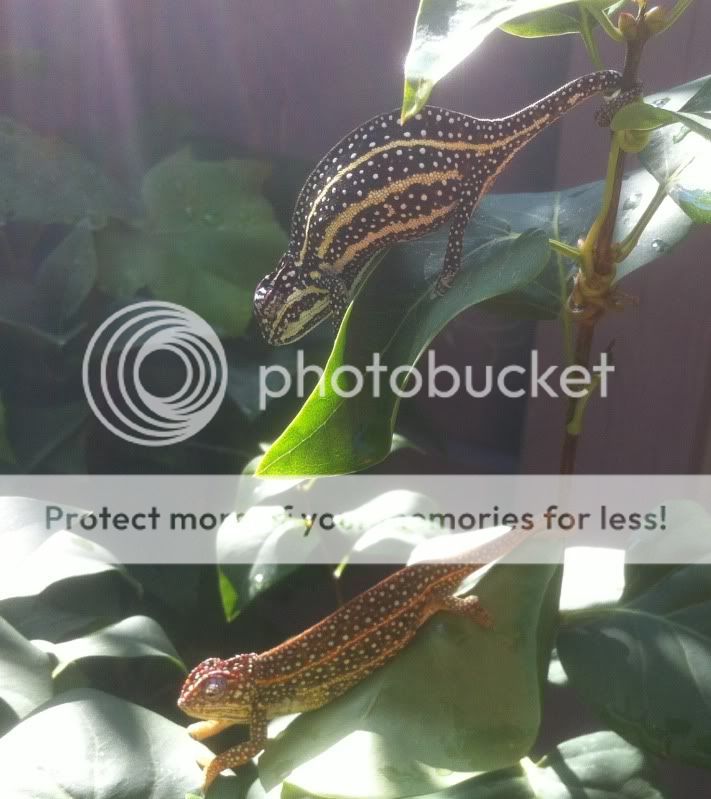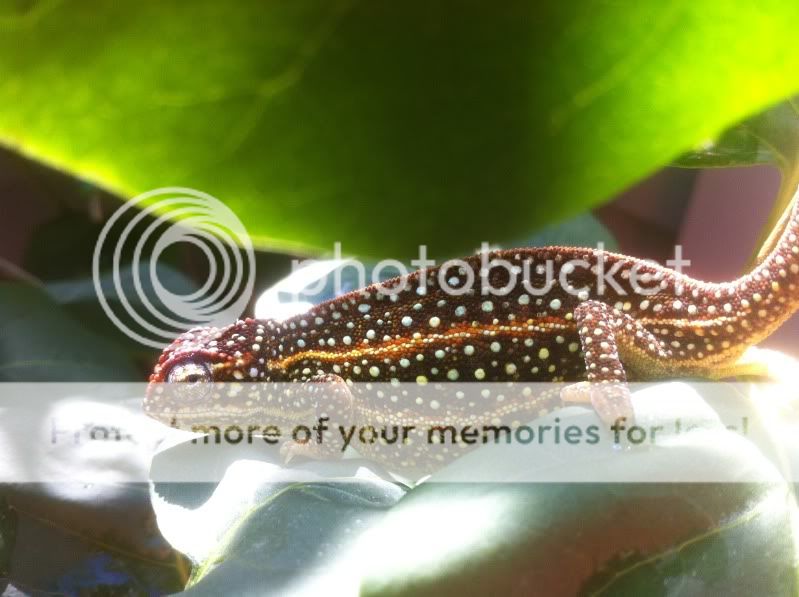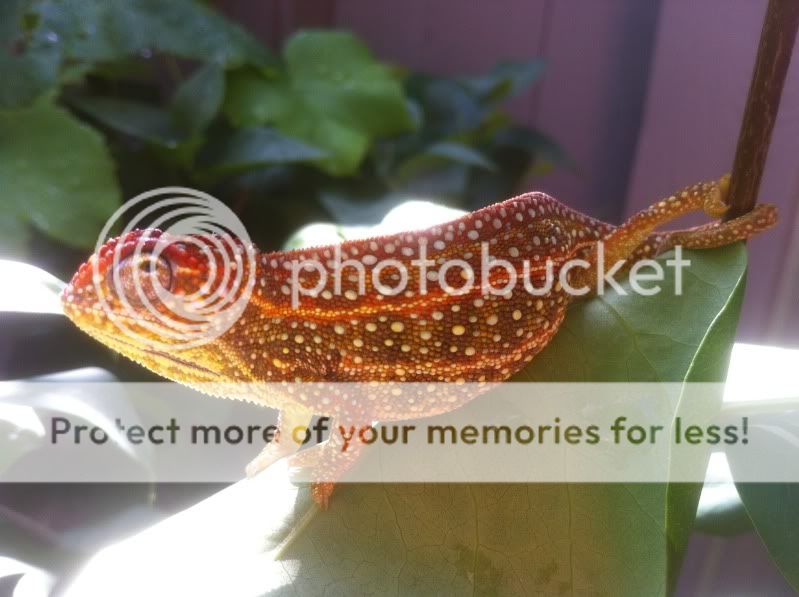therdeye
New Member
Hello all! I've been trying to find information on keeping, breeding and incubating campani and I haven't really found any concrete info other than very general montane species care. I've been able to acclimate my pair quite nicely, but my female recently laid a clutch of 8 eggs. I've read several conflicting literatures about incubating the eggs ranging from very short incubation times to very long/no diapause to very long with diapause. Can anyone please help with more accurate specifics!?! Any help would be greatly appreciated!
-Mike
-Mike







